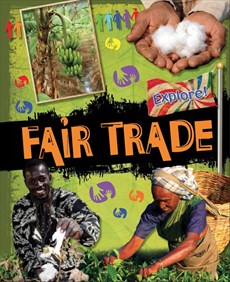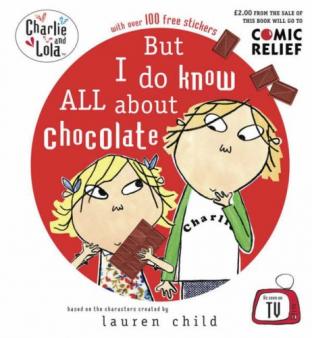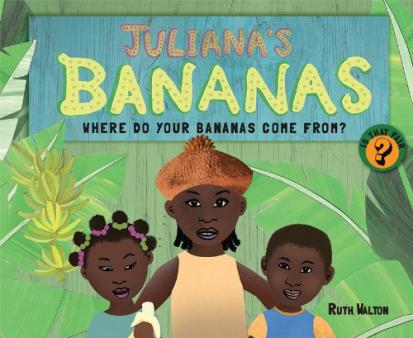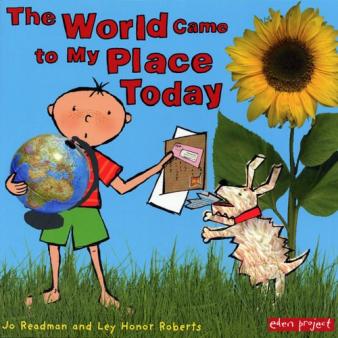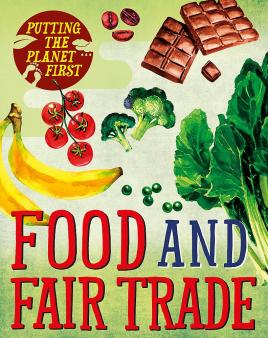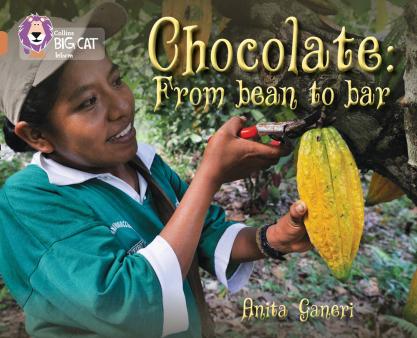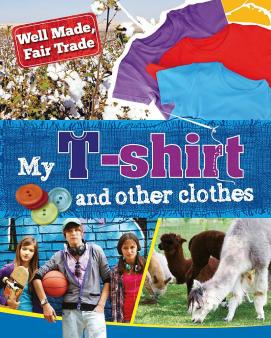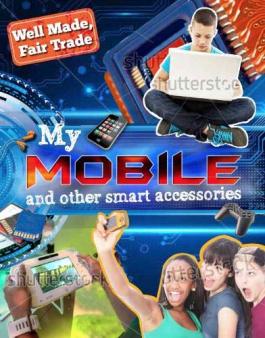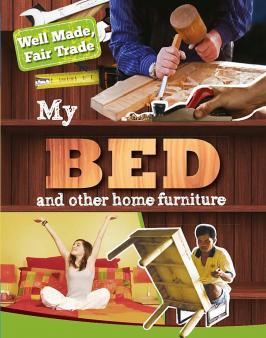Important update from TheSchoolRun
For the past 13 years, TheSchoolRun has been run by a small team of mums working from home, dedicated to providing quality educational resources to primary school parents. Unfortunately, rising supplier costs and falling revenue have made it impossible for us to continue operating, and we’ve had to make the difficult decision to close. The good news: We’ve arranged for another educational provider to take over many of our resources. These will be hosted on a new portal, where the content will be updated and expanded to support your child’s learning.
What this means for subscribers:
- Your subscription is still active, and for now, you can keep using the website as normal — just log in with your usual details to access all our articles and resources*.
- In a few months, all resources will move to the new portal. You’ll continue to have access there until your subscription ends. We’ll send you full details nearer the time.
- As a thank you for your support, we’ll also be sending you 16 primary school eBooks (worth £108.84) to download and keep.
A few changes to be aware of:
- The Learning Journey weekly email has ended, but your child’s plan will still be updated on your dashboard each Monday. Just log in to see the recommended worksheets.
- The 11+ weekly emails have now ended. We sent you all the remaining emails in the series at the end of March — please check your inbox (and spam folder) if you haven’t seen them. You can also follow the full programme here: 11+ Learning Journey.
If you have any questions, please contact us at [email protected]. Thank you for being part of our journey it’s been a privilege to support your family’s learning.
*If you need to reset your password, it will still work as usual. Please check your spam folder if the reset email doesn’t appear in your inbox.
Fair trade
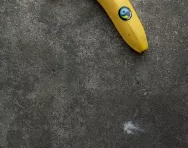
Fair trade is a way of buying and selling products that allows the farmers to be paid a fair price for their produce, and have better working conditions.
Trade is ‘unfair’ when farmers receive very low income and have poor conditions while the companies that sell their products make lots of money from them.
The Fairtrade Mark was introduced in 1994; it is a symbol awarded to products that are sold under certain fair-trading conditions.
Top 10 facts
- There are over 4,500 Fairtrade Mark products sold in the UK.
- Products with the Fairtrade Mark are sold in over 120 countries.
- The Fairtrade Foundation was formed in 1992, with the Fairtrade Mark first being used in 1994, over 20 years ago now.
- The first product to get the Fairtrade Mark was Green and Black’s Maya Gold chocolate bar.
- Divine Chocolate is the only chocolate company in the world to be fully owned by farmers.
- The first ever UK Fairtrade Mark banana was sold in the year 2000.
- A third of all bananas sold in the UK have the Fairtrade Mark.
- There are over 1.4 million farmers and workers worldwide who work to produce Fairtrade products.
- Fairtrade products include both food and non-food items – there are standards for each type of item that need to be achieved before it is classified as Fairtrade.
- Fair trade towns are dedicated to supporting fair trade – there are over 550 in the UK alone.


Boost Your Child's English & Maths
- We'll create a tailored plan for your child...
- ...and add activities to it each week...
- ...so you can watch your child grow in skills & confidence
Did you know?
- ‘Fair trade’ as a term means ‘moving towards fairer trading conditions’, while ‘Fairtrade’ is the label used to identify products with the Fairtrade Mark. Fairtrade is a registered trademark.
- The Fairtrade Mark symbol is made up of a blue sky that symbolises optimism, and an arm, raised in the air – this symbolises empowerment. The Fairtrade Mark also incorporates the colour green to symbolise growth.
- Fairtrade products come from over 70 different countries from around the world. The people who produce these items receive a minimum price and premium for their products.
- Fairtrade has encouraged many farmers to farm in a more sustainable and environmentally-friendly way, using fewer chemicals and effective irrigation.
Look through the gallery below and see if you can spot the following:
- Fairtrade Mark
- A range of Fairtrade products
- Fairtrade oranges
- A Fairtrade coffee farmer
- Green and Black’s Maya Gold chocolate bar
- Bananas growing
- Coffee beans
- A tea plantation
Gallery
About
The very beginnings of the fair trade movement started as long ago as the 1960s. It wasn’t until the 1990s that a Fairtrade Mark was created and a series of required ‘standards’ were set out. Fairtrade aimed to improve the conditions, community facilities and pay for certain farmers and workers.
The Fairtrade ‘standards’ are a detailed list of things that need to be achieved before products can be classified as Fairtrade goods. They include things like fair pay. The aim of having these standards is to ensure that costs are covered and that there is a bit of money as well to invest in local community projects. The Fairtrade standards also aim to help build trading partnerships and to make sure that the conditions people work under are acceptable and fair.
The first product to be classified as Fairtrade was Maya Gold chocolate, made by Green and Blacks, in 1994. Since then there have been many more things awarded the Fairtrade Mark, including coffee, tea, chocolate, sugar, honey, fruits (for example, bananas, mangoes, pineapples), flowers, gold and silver, and cotton.
Some people have argued that Fairtrade has a negative effect on what is called the ‘free market’, where products are produced when they are needed and farms can grow in size and grow different crops as well as use new mechanical equipment, if the demand for their product increases. Fairtrade doesn’t always help encourage this.
Words to know
Community – the people who live in and share a specific area, often working together and socialising together.
Fair trade – a movement encouraging fairer trading conditions.
Fairtrade – the label used to identify products with the Fairtrade Mark.
Fairtrade Mark – the symbol associated with Fairtrade products.
Free market – where products are sold competitively and according to supply and demand.
Invest – putting money into something as an investment. This money is then used to develop an idea or process.
Related Videos
Just for fun...
- Challenge yourself to a Fairtrade quiz or a Fairtrade picture quiz
- "Meet" Patrick, a tea farmer from Kenya, through a video and design your own tea box in a Fairtrade worksheet
- Can you win the Banana Split game to see how this fruit gets from farm to fruit bowl and see what Fairtrade means along the way
- Print lots of Fairtrade board games from the Fairtrade Foundation: Come on in to Coobana, Fairtrade Lotto, the Consumer Power Game, the Negotiating Game,
- SIM Sweat Shop is an interactive game to help you understand sweatshop factory conditions
- Understand The tale of the orange juice with Amnesty International's resource about the basic principles of global trade (on p5 of the Learning about Human Rights download)
- Imagine being a banana farmer and the risks you might face with the Breaks & Ladders board game
Find out more
- CBBC explains Fairtrade
- The Fun Kids Radio guide to Fairtrade
- Explore the four main Fairtrade standards
- Download a KS2 Fairtrade activity pack from Action Aid
- Learn about the journey from bean to chocolate bar
- Find out about Brazil nuts and Fairtrade
- Find out more about Foncho, a Fairtrade banana farmer
- Join Tanya on a chocolate-y Fair Trade adventure (presented as a poster photo-journey)
- The BBC Bitesize guide to Fairtrade
- Unravelling the Thread: The Story of Cotton is a short docmentary which explores the cotton supply chain
- Download a National Geographic Kids Fairtrade primary resource
Books about Fairtrade for children
See for yourself
- Watch some Fairtrade videos for children
- Have a look for Fairtrade products in your local supermarket
- Taste some Green & Black’s Maya Gold chocolate – the first Fairtrade product
- Explore a Fairtrade map of the world
- Take an immersive journey to Kenya with a 360° virtual reality exploration of life in a Kenyan coffee plantation including joining a class at the local school








